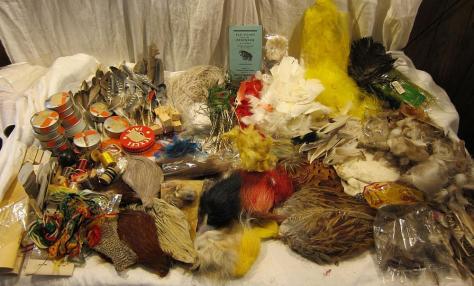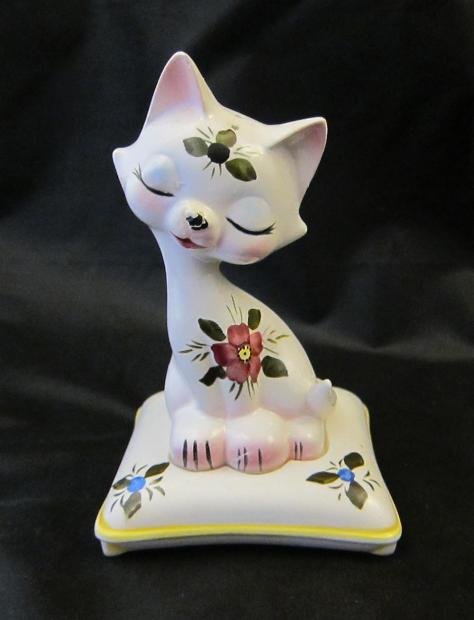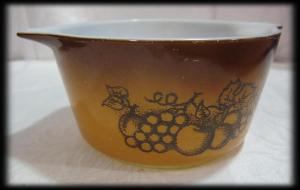There are tons of fancy books and subscriptions for websites that you can purchase, but never take for granted the immense power that Google has for sellers and collectors alike.
Google (or any decent search engine for that matter) can search the internet in a matter of seconds, bringing up information you didn’t even know you wanted to know.
That power is right at your fingertips, and the best part is that Google is extremely simple and easy to use (also, free!). I use it in a few different ways when I’m trying to research an item I know nothing about: 1. text-based search, 2. picture-based search, and 3. Google shopping
1. Text-based Search
This is the no brainer. You simply go to Google.com and type in what it is you’re looking for. But there are tons of tricks and shortcuts you can take to really maximize your results and have the search engine narrow in on exactly what you’re looking for.
First up, is the auto-complete tool that Google uses when you start to type a word into the search box. If you can only make out the first few letters or first few words of a mark on the bottom of a vase (for example), then you might be able to figure out what the rest of it says by looking at your different options here. This is also nice because you can see what phrases are being searched for the most. (ie. If you type in “costume jewelry,” the first thing that auto-completes is “rings” and then two down from that is “necklace.” Therefore, we can assume that more people are looking for rings than necklaces, and you can begin to narrow down your buying this way, if you want.)
Google is an extremely intelligent tool. If you type in a wrong word, it knows to fix it for you. If you type in one version of a word, but it sees another version popping up quite a bit in association with your other search terms, it will show you results for both. You can also type in the first part of a word and end it with an asterisk (*). This will tell Google that you know what root word you want to search for, but you’re unsure of the ending part. It’ll bring up ALL the results of that word for you.
Sometimes when you’re typing a phrase into Google that can have more than one meaning, you’ll get skewed search results. (Google is smart, but not THAT smart. It can’t read minds!) If you see a certain term popping up a lot that you want to make sure doesn’t influence your search results, you can simply put a hyphen in front of it (without a space in between) and Google will know not to include that word – and therefore those results – in what you’re searching for.
It’s also important to keep in mind that you need to search with strong keywords. Something really specific to what you’re looking for. This can be difficult if you don’t know what you have, but not impossible. Anything is relevant: shapes, colors, marks, themes, sizes, etc. Sometimes it’s best to search with broad keywords, while other times it’s beneficial to search with more specific ones. It really depends on what you’re looking for and how many other results you’ll have to wade through to find it. Sometimes searching like this is simply a game of trial and error.
2. Picture-based Search
Google has a new tool now that’s still in its early stages, but could potentially become an extremely useful one for sellers. Did you know that if you drag and drop a picture from your desktop into the search bar, Google will try to find images similar to yours? Then you can just backtrack to figure out what it is!
Just go to Google and click on the image search. In the search bar, there will be a little picture of a camera to the right. Click on this and drag and drop a picture of whatever it is you’re looking for. Make sure the picture is nice and close, and that there aren’t too many other things in the background (or else Google will get confused).
The only problem with this is that it doesn’t always work. As the technology becomes more advanced, I’m sure we’ll sit back one day and say, “Remember how we used to do this by typing words into the search box?” Just be patient with it and know that it isn’t always going to give you what you need. I tend to use this as a last resort.
3. Google Shopping
The last great way to use Google is to use the shopping feature. You can find this option under the “more” tab at the top. It’s best used when you already know what you have. Just type it in and hit enter. Google will bring up listings of this item all across the internet. It’s nice because you can compare prices (either to buy the cheapest one or to know the average sale price) from multiple sources, and not just one place (like you would if you were using the completed listings option on eBay).
So, there you have it. That’s Google in a nutshell. Google is great for a lot of different things, but this is how I mainly use it when I’m searching for items. If you’ve got questions or additional tips, hit up the comments section below!





















































